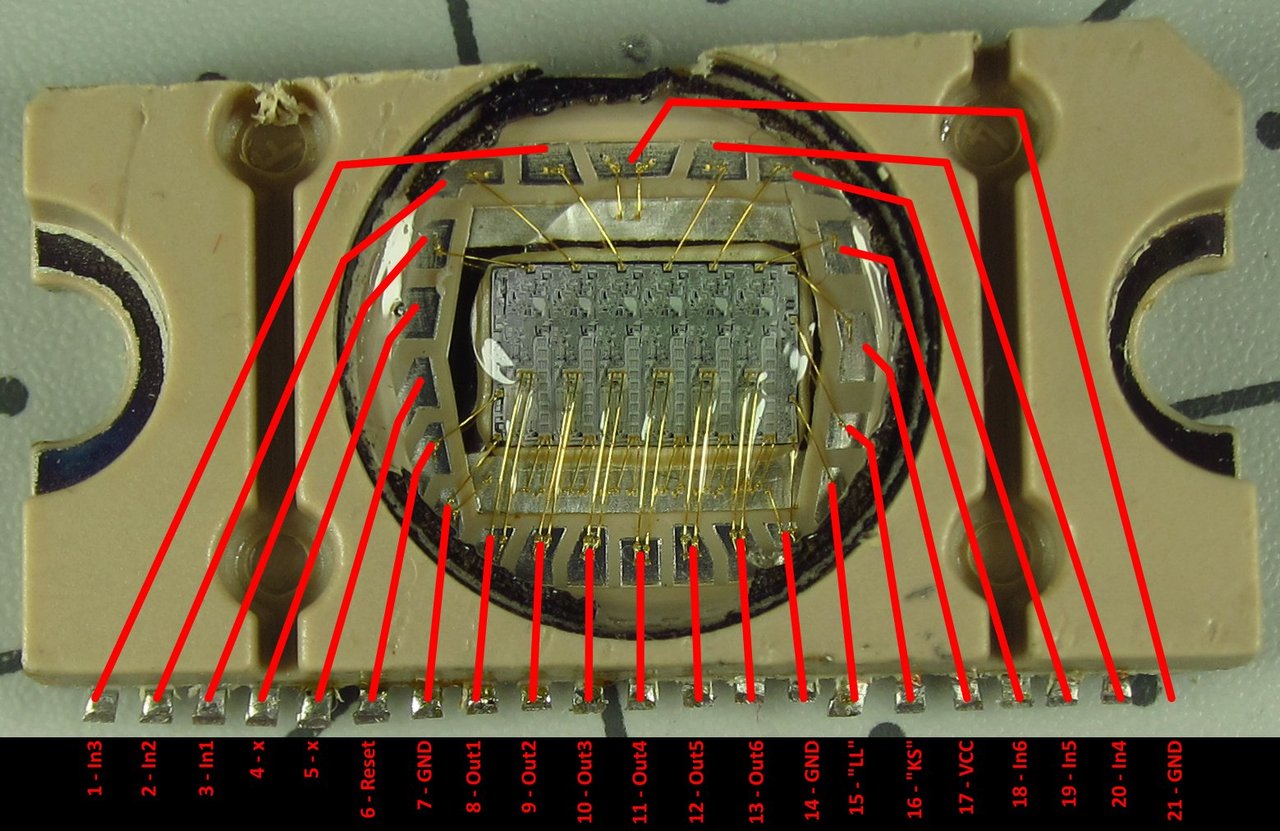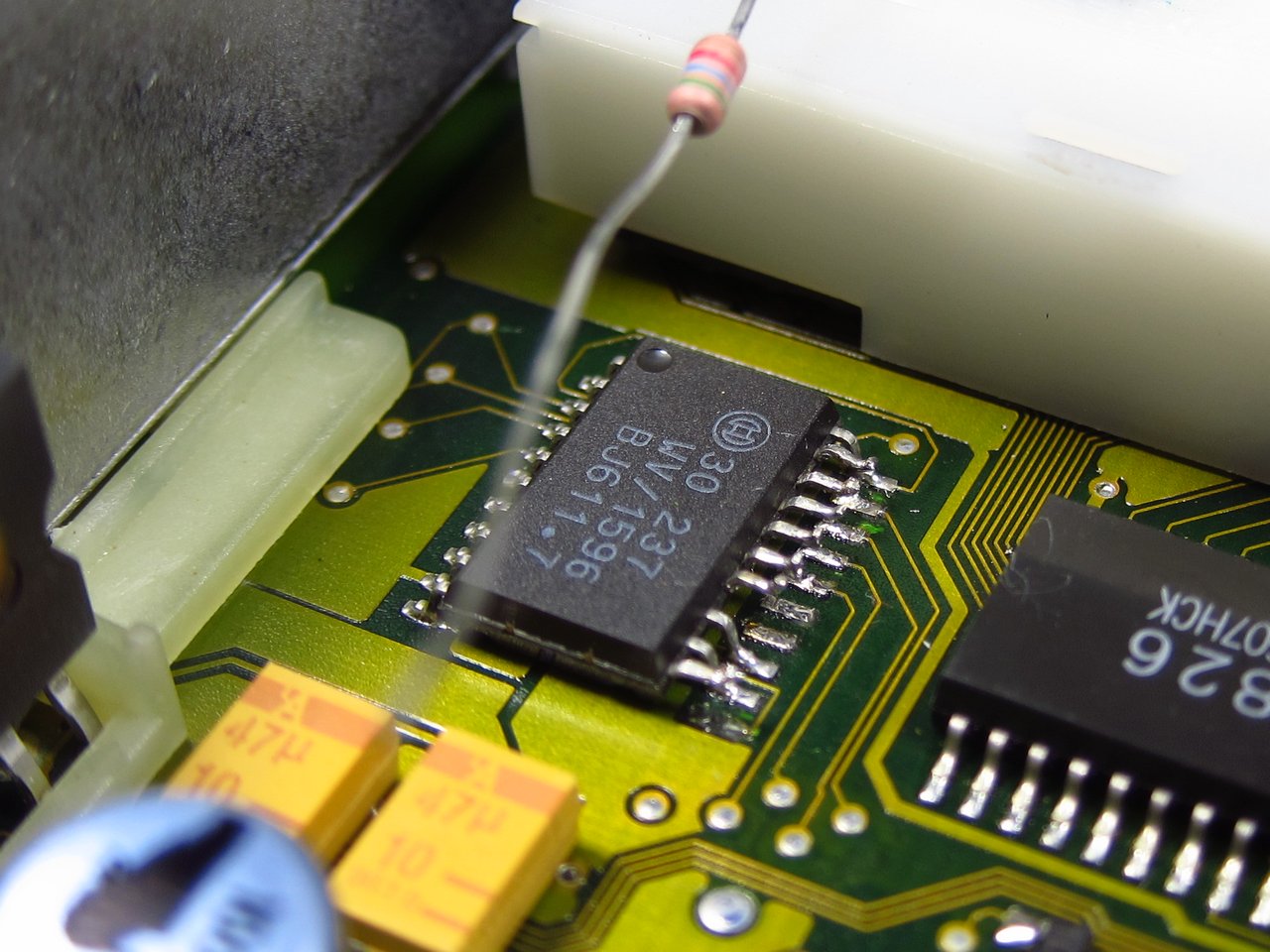Originally posted by Rasp
View Post
I don't consider it a complete disassembly unless the parameters are all mapped - an XDF isn't going to do that for you (but it can help). It's not about looking for definitions or tables at all. With a fully mapped out IDA project you can do interesting stuff with different software versions.





Comment